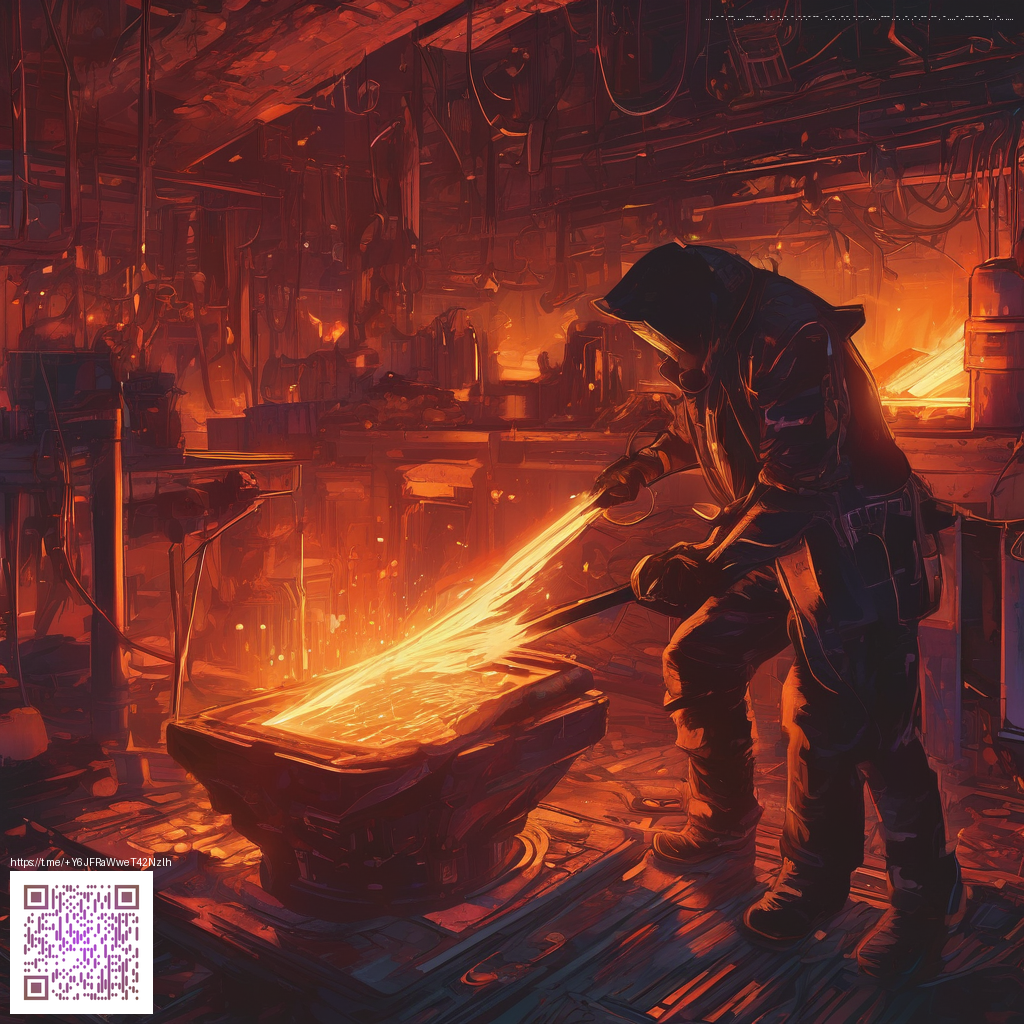
Lessons from the PS2 Era Developers
The PlayStation 2 era is often celebrated for bringing 3D worlds to life with a sense of tactile confidence. Constraints—limited memory budgets, fixed camera behavior, and tight production timelines—shaped decisions that still resonate with modern teams. Rather than viewing those constraints as obstacles, successful designers of the time learned to partner with them. They built games that felt deliberate, polished, and memorable, even when resources were stretched thin. Today’s developers can take a page from that playbook: design with intent, ship with care, and always consider how players will feel in the moment of play.
“Constraints aren’t barriers; they’re invitations to innovate in ways that scale beyond the hardware.”
When you examine doorways, corridors, and combat in PS2 titles, you’ll notice a deliberate emphasis on feedback and rhythm. The absence of gleaming, memory-hungry visuals didn’t prevent players from getting a strong sense of impact, timing, and reward. That clarity came from how levels guided players, how enemies telegraphed attacks, and how subtle cues informed decisions without ever shouting for attention. Translating that mindset to contemporary tools means prioritizing player feedback loops, approachable difficulty curves, and a UI that teaches rather than unsettles.
Key Principles from the PS2 Era
- Lean into constraints to define art direction. If you’re limited by hardware, bold silhouettes, distinctive color schemes, and memorable silhouettes become your strongest allies.
- Prioritize tactile feedback. Every action—jump, land, strike—should feel satisfying, even if the visuals are simple by today’s standards.
- Design for pacing and discovery. Shorter, well-placed beats and hidden collectibles encouraged exploration without overwhelming players.
- Clarity in the HUD. Information should be legible at a glance; if a design element isn’t helping, it’s likely a distraction.
- Player agency through robust controls. Responsiveness matters more than flash. Polished inputs build trust and reduce friction during moment-to-moment decision making.
- Iterate with real players. Quick loops and tangible feedback speed up learning—whether you’re balancing combat or refining puzzles.
From Console Constraints to Modern Scalability
Today’s engines make it tempting to chase visual realism, but the enduring value of the PS2 era remains in systems thinking. Rooms, robots, and rifts in a level were often built as modular systems that could be re-used, scaled, and patched with relative ease. That same mindset translates to modern workflows: design components that can be swapped, tuned, and tested without reworking entire scenes. The result is software that’s not only visually cohesive but also resilient to changes in scope and team size.
For designers and developers who mix nostalgia with modern ambitions, a few practical steps help bridge the gap: establish a strong core loop, privilege tangible feedback, and celebrate artistry that reads clearly on a small screen or a large monitor. If you’re curating your desk space while you rethink a project, a reliable accessory can make a difference. For example, this product page showcases a practical desk companion that keeps your workspace comfortable during long sessions: Custom Gaming Neoprene Mouse Pad 9x7 with stitched edges.
For a visual reference that captures the era’s aesthetic in a broader context, explore the gallery at https://sapphire-images.zero-static.xyz/5172f646.html. It offers a snapshot of how designers communicated atmosphere and energy with limited tools, an approach that remains instructive for modern teams pursuing efficiency without sacrificing personality.
Design Patterns to Revisit
- Modular level design that supports quick iteration and reuse across environments.
- Iconic redirection of player attention through color, contrast, and clear silhouettes.
- Systems thinking—balancing progression, rewards, and risk-reward loops to keep players engaged over longer sessions.